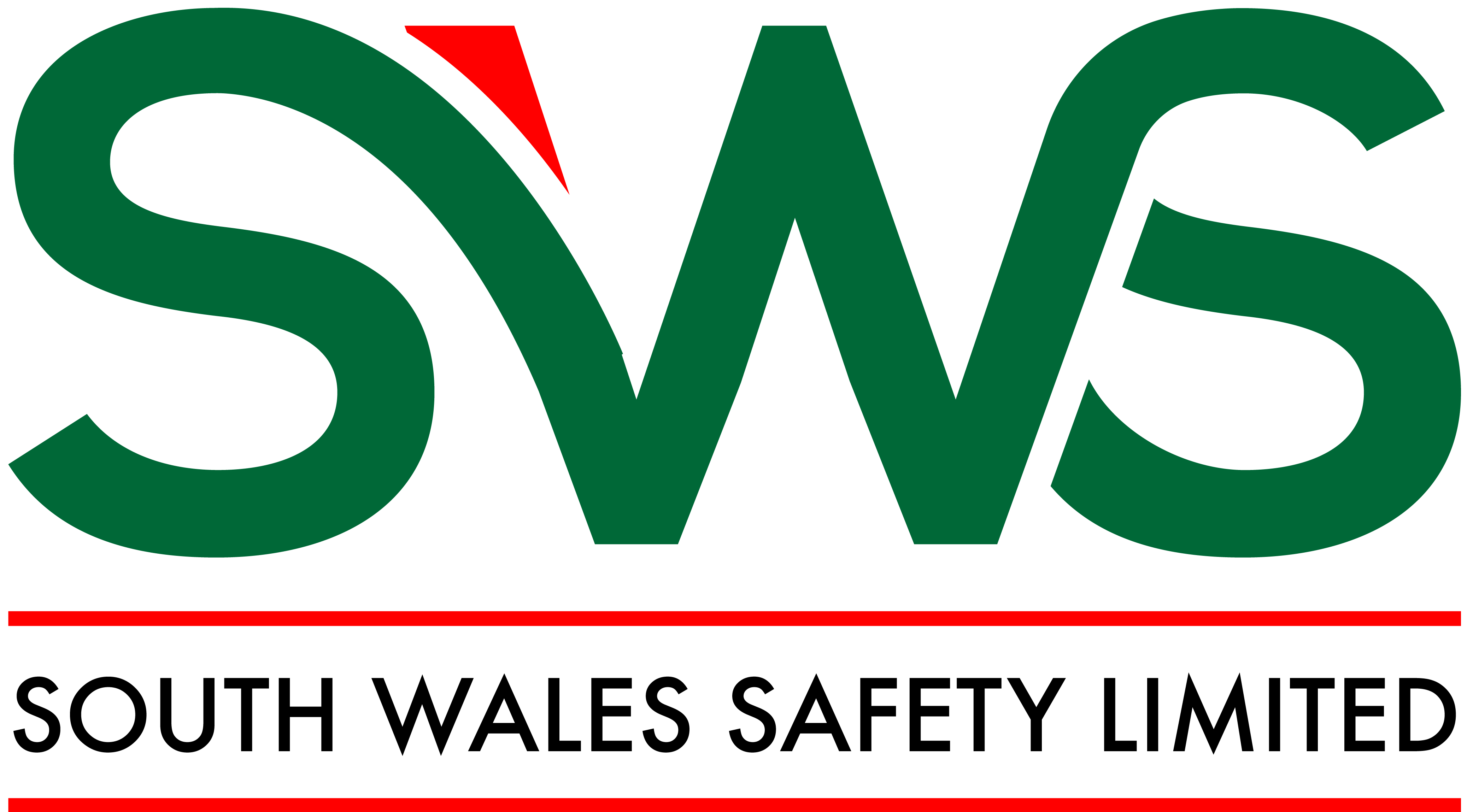Imagine a workplace where every employee feels safe and valued, where accidents are a distant memory, and where health and wellbeing are prioritised. This is the vision behind ISO 45001, the international standard for occupational health and safety management systems (OHSMS).
ISO 45001 is more than just a set of rules and regulations. It’s a framework for creating a culture of safety, where every worker is empowered to identify and mitigate risks. It’s about building a workplace where people can thrive, not just survive.
At its core, ISO 45001 is built on key principles like:
- Worker Participation: Involving employees in decision-making and risk assessments.
- Risk-Based Thinking: Identifying and managing hazards proactively.
- Continual Improvement: Constantly striving to improve safety performance.
By embracing these principles, businesses can reap a wealth of benefits.
How Can ISO 45001 Benefit My Organisation?
A safe and healthy workplace is not just a moral imperative; it’s a smart business decision. ISO 45001 can help your organisation:
- Reduce Accidents and Illnesses: By implementing effective risk controls, you can significantly reduce the number of workplace accidents and illnesses, protecting your employees and boosting morale.
- Improve Productivity: A safe and healthy workforce is a productive workforce. When employees feel safe and valued, they are more engaged and motivated.
- Enhance Reputation: Demonstrate your commitment to employee wellbeing and social responsibility, attracting top talent and building trust with customers and stakeholders.
- Comply with Regulations: Stay ahead of regulatory changes and avoid costly fines and penalties.
But how does this framework actually work?
Understanding the ISO 45001:2018 Standard Framework
ISO 45001:2018 provides a structured approach to occupational health and safety management, much like a blueprint for a safe and healthy building. The key clauses include:
- Context of the Organisation: Understanding your organisation’s context, including its hazards, risks, and legal requirements.
- Leadership: Top management’s commitment to occupational health and safety.
- Planning: Setting objectives and planning how to achieve them.
- Support: Providing the necessary resources, including training, competence, and infrastructure.
- Operation: Implementing processes to control risks and prevent accidents.
- Performance Evaluation: Monitoring, measuring, and analysing your OHSMS’s performance.
- Improvement: Continually improving your OHSMS.
This structure, like a well-designed building, ensures a strong foundation for a safe and healthy workplace.
Implementing ISO 45001: A Step-by-Step Guide
Implementing ISO 45001 is a journey, not a destination. It requires careful planning, commitment, and the involvement of everyone in the organisation.
- Gap Analysis: Assess your current OHSMS against the requirements of ISO 45001.
- Documentation: Develop the necessary documentation, including an OHSMS policy, risk assessments, and procedures.
- Implementation: Train employees, implement control measures, and monitor performance.
- Internal Audit: Conduct regular internal audits to check compliance with the OHSMS.
- Management Review: Top management reviews the OHSMS’s performance and effectiveness.
- Certification Audit: An external certification body audits your OHSMS to verify compliance with ISO 45001.
Overcoming Common Challenges in ISO 45001 Implementation
Implementing ISO 45001 can be challenging, but with the right approach, you can overcome any obstacles.
- Securing Leadership Commitment: Top management must be fully committed to the OHSMS and actively support its implementation.
- Engaging Employees: Involve employees at all levels in the OHSMS, empowering them to identify and control hazards.
- Managing Change: Change can be disruptive, so it’s important to manage it effectively and communicate openly with employees.
- Resource Constraints: Implementing an OHSMS requires resources, including time, money, and personnel.
ISO 45001 in Action: Real-World Examples
ISO 45001 can be applied across various industries, from manufacturing to healthcare.
- Construction: A construction company implements stringent safety measures to protect workers from falls, electrical hazards, and other risks.
- Healthcare: A hospital improves infection prevention and control measures to protect both patients and staff.
- Manufacturing: A factory reduces workplace injuries by implementing ergonomic workstations and providing regular safety training.
Beyond ISO 45001: Building a Culture of Safety
ISO 45001 is a powerful tool for creating a safer workplace, but it’s just the beginning. A truly safe and healthy workplace requires a culture of safety, where safety is everyone’s responsibility.
By fostering a culture of safety, you can create a workplace where employees feel valued, respected, and empowered to speak up about safety concerns. This can lead to increased employee satisfaction, reduced absenteeism, and improved overall performance.
Ready to Build a Safer Workplace?
ISO 45001 can help your organisation create a safer, healthier, and more productive workplace. By investing in a robust OHSMS, you’re investing in the wellbeing of your employees and the future of your business.
If you’re ready to take the first step towards a safer workplace, contact South Wales Safety today. Our expert consultants can guide you through the process, providing tailored support and advice to help you achieve ISO 45001 certification and build a culture of safety.

